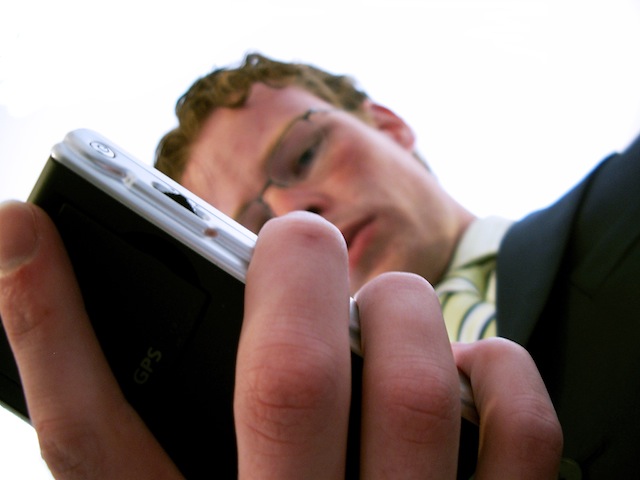This post is the final of a series of four sponsored stories brought to you by Nuffnang.
Boring is the comment often used about business websites, however smart companies are using blogs to spice up their sites and boost marketing, customer retention and employee engagement.
A blog can make a company’s website more dynamic and a destination for visitors, it’s an opportunity for an organisation to demonstrate its depth of expertise and the qualification of its staff.
Best at this are the big global companies like GE, Cisco and IBM that have large pools of experts who can contribute to the company blog. These enterprise blogs are sprawling sites that cover multiple markets and industries which the companies operate across.
More than a marketing tool
For smaller tech companies, particularly Silicon Valley startups, their blogs have become vital marketing platforms where they often describe the company’s journey and new features being added.
Some companies, like Uber and Nest, use the company blog as their press channels with entries acting as media releases. This is particularly useful for smaller businesses without a PR agency or in house communications people.
At a more tactical level, blogs can be used as a weapon in a fight for marketshare. One of the toughest battles on the internet at the moment is going on between accounting software companies MYOB and Xero and their blogs are at the forefront of this fight.
In this battle MYOB are the incumbent with over a million users in the Australian business accounting market and a small army of Certified Consultants to help clients with using the software while Xero is the well funded cloud computing service that grew its Australian customer base by nearly 50% to 147,000 so far this year.
Small business thought leadership
So the battle is intense with both companies using their blogs to show their thought leadership in the small business space. Both of the blogs illustrate each company’s strengths and weaknesses.
MYOB’s blog is the longest standing and is more of a generalist overview of small business and accounting issues while Xero’s focuses on the new features being added to the product, both have fiercely passionate followers which shows in the comments fields of their blogs.
Blogs though need not be about pure marketing or advertising functions, in fact the best small business ones are those that just tell their customers what’s on. These are particularly good for the hospitality and retail industries.
One plus with business blogs is they help employees understand their business better, particularly when staff are invited to contribute.
Blogging isn’t just about lonely geeks or bored mums sitting in their spare rooms. A well thought out business blog can be a great tool for engaging existing customers, motivating staff and building new markets.







